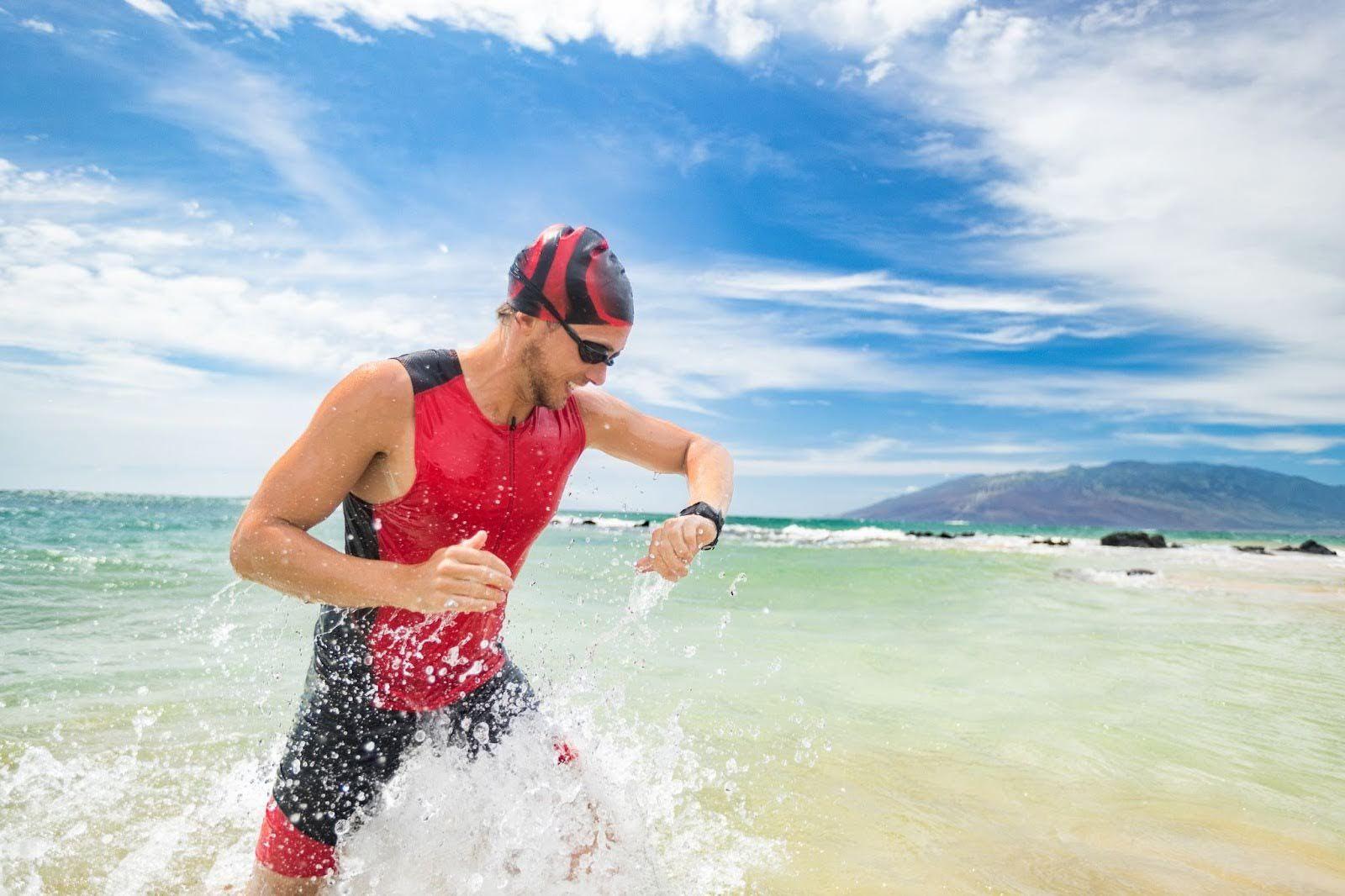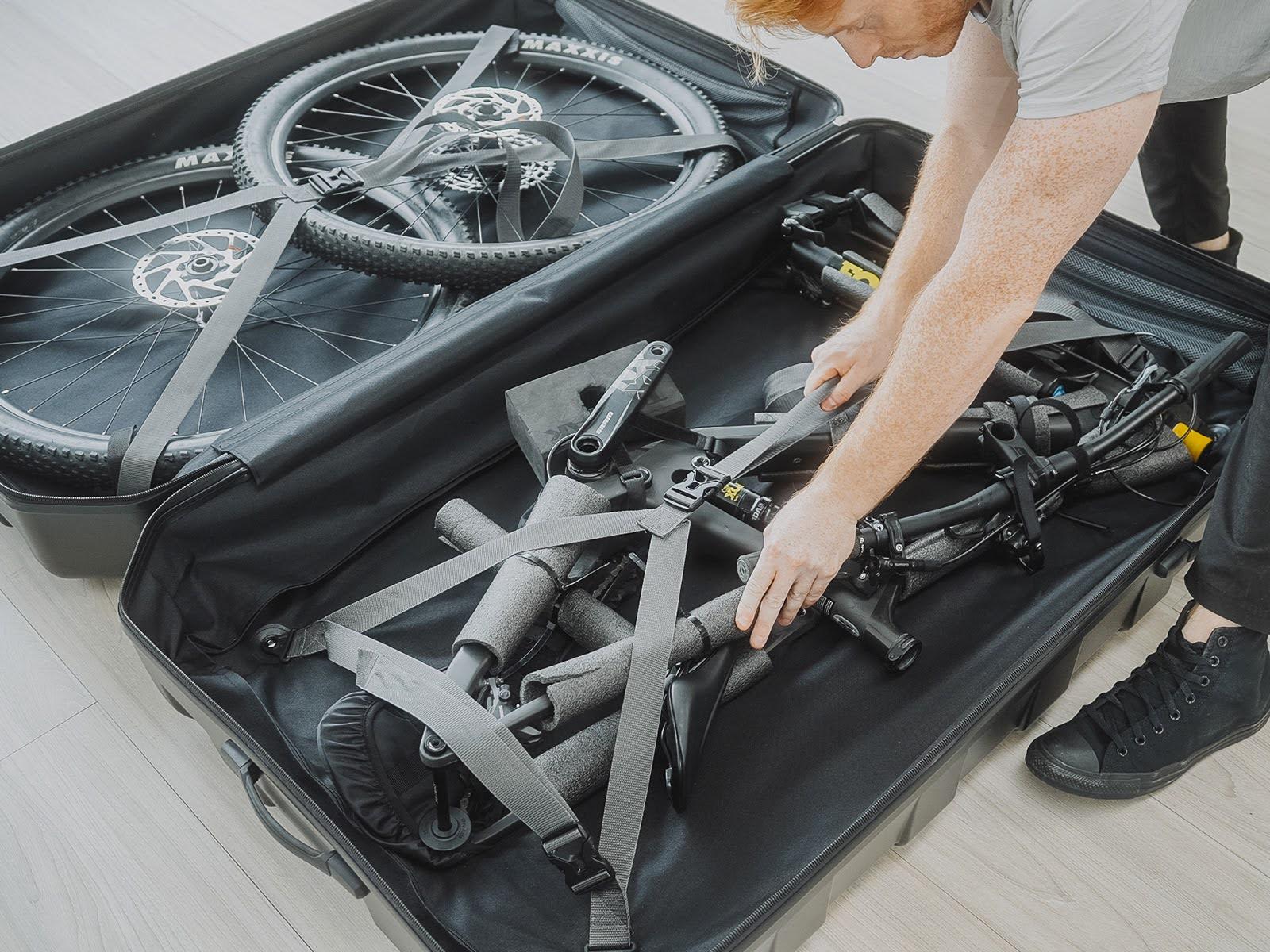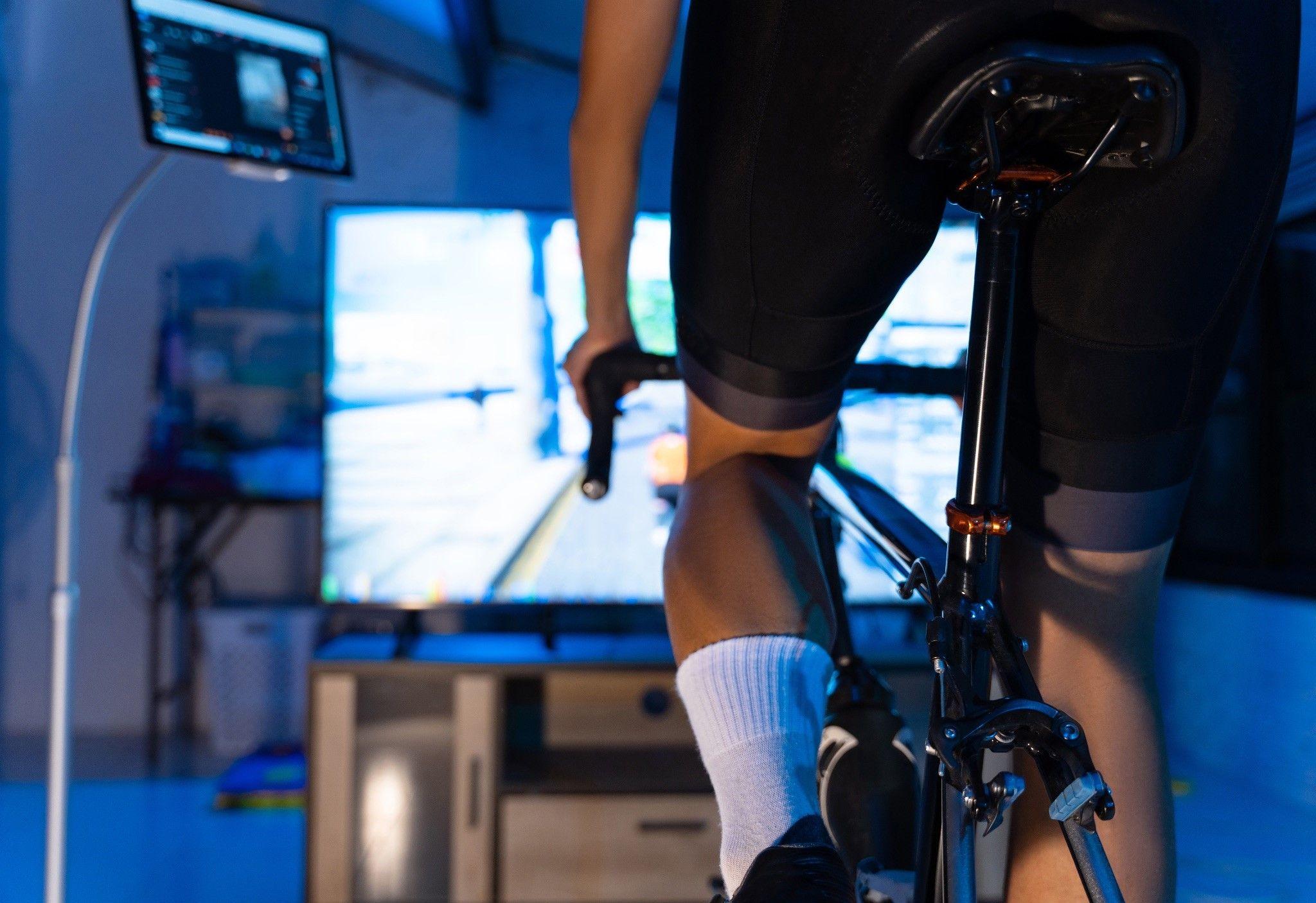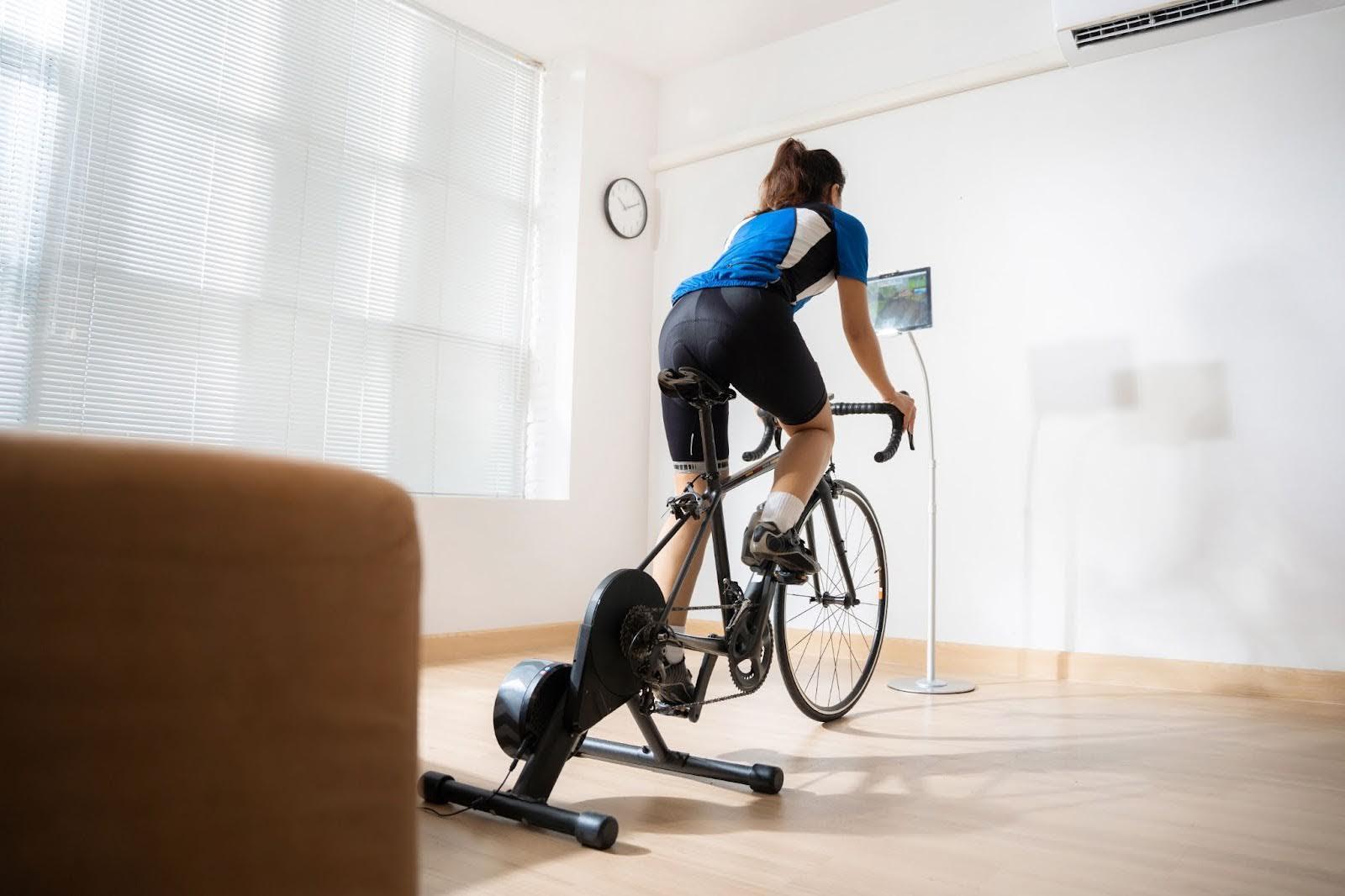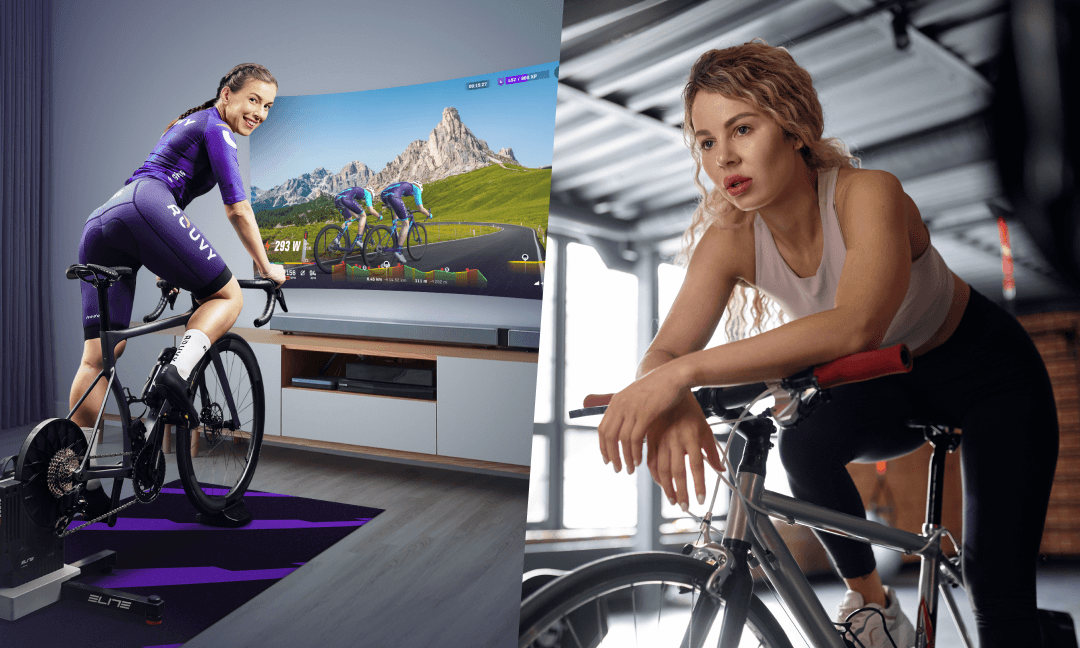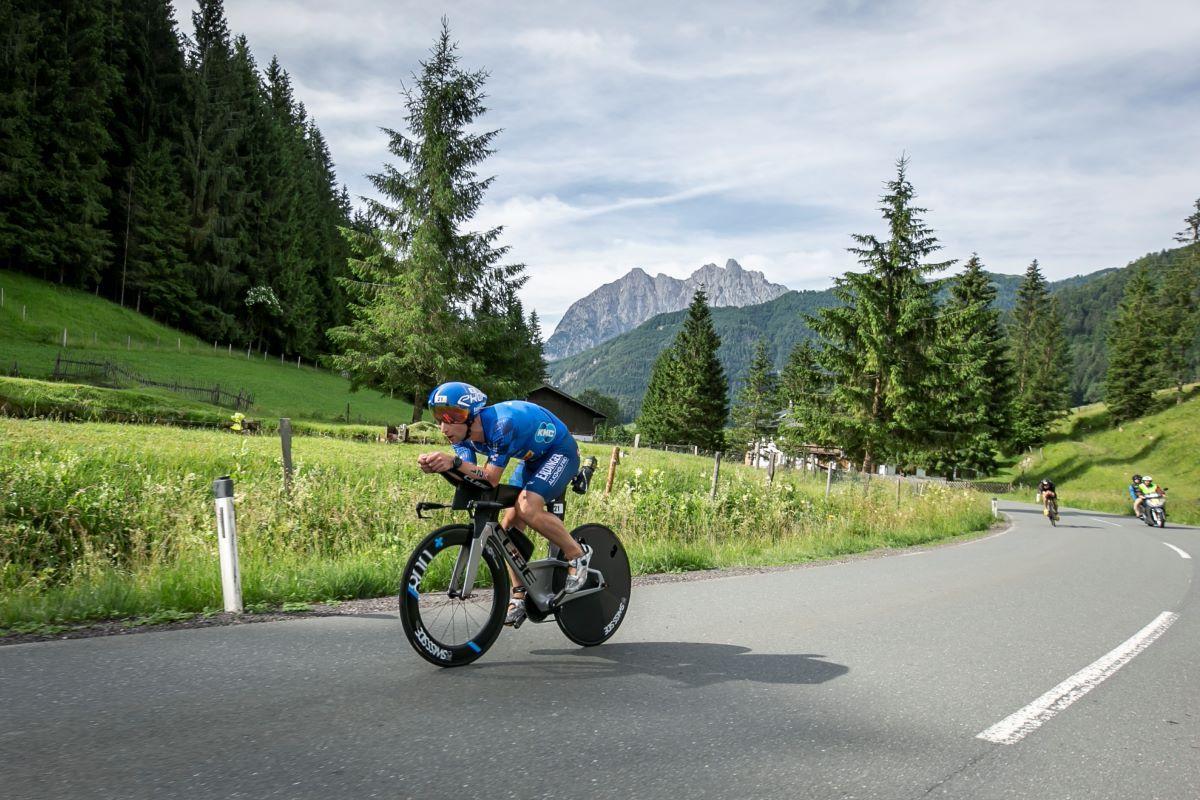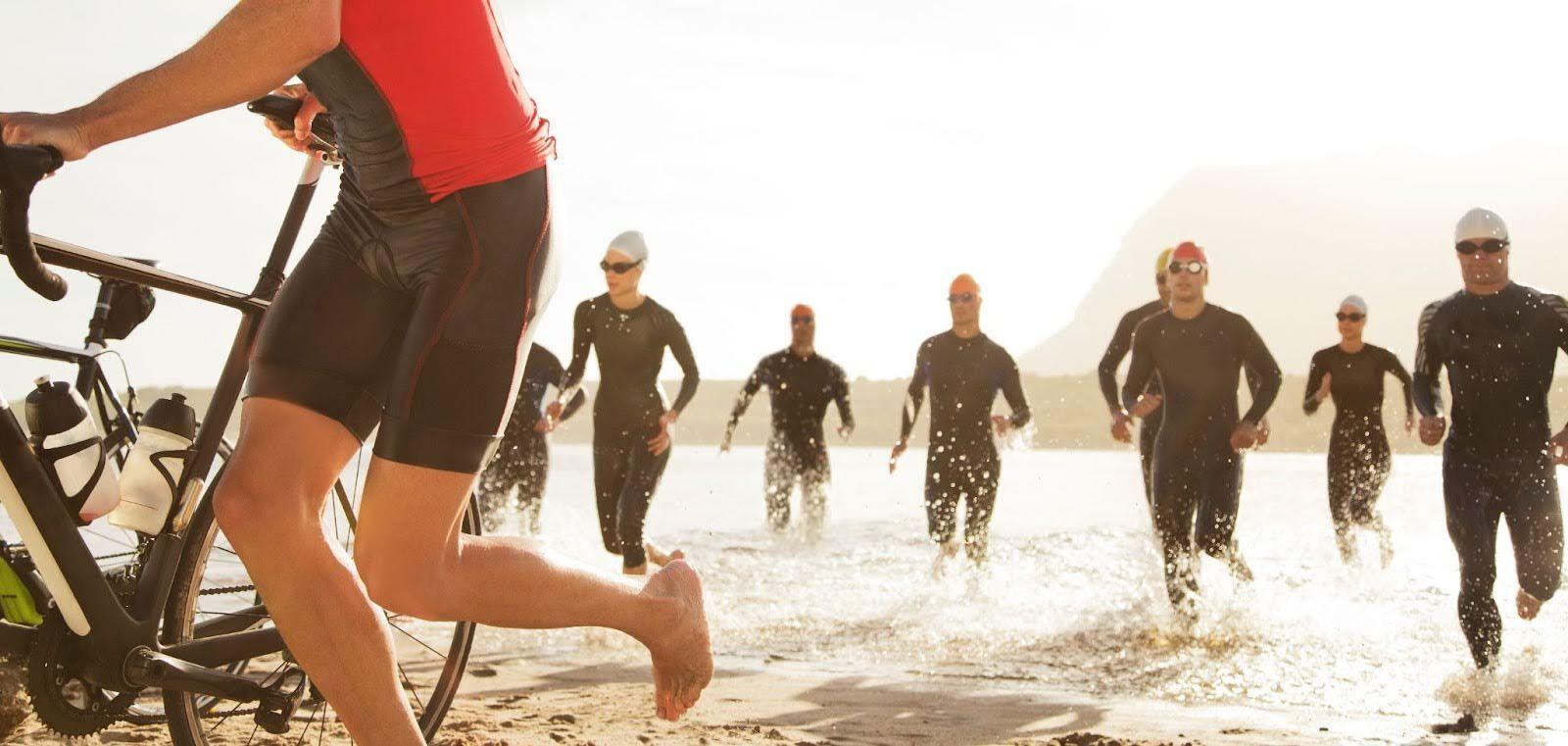In 2025 it acts as a training partner, a private coach, and a direct line to your favourite virtual riding worlds. Today’s best triathlon watches record every swim stroke, mark every climb with reliable GPS tracking, keep an eye on sleep quality, and even measure training load so you know when to push and when to rest. In this guide I’ll explain what makes a great triathlon smartwatch, share practical advice on how to choose one that fits your budget and goals, and review the five models that I loved and that impressed me most in 2025.
What Makes a Great Triathlon Watch?
First, a watch must handle the unique demands of swim‑bike‑run. A true multisport watch offers a dedicated triathlon mode that lets you tap one button in transition and move straight from open‑water swimming to cycling, then on to running, without fumbling through menus. Reliable GPS tracking is critical, and multi‑band chips now lock on to satellites from different constellations so your route stays accurate even under tree cover or between tall buildings. A long battery life is just as important; I look for at least fifteen hours in full‑power GPS mode so an Ironman finish never turns into a blank file. Good optical heart‑rate sensors have improved, yet pairing a chest strap still offers the cleanest data for high‑intensity sets. Additionally, a great triathlon smartwatch should have various functions such as tracking, navigation, and coaching to cater to athletes' needs.
Beyond the basics, 2025 brought several welcome upgrades. Many brands moved to bright AMOLED displays that remain readable in summer sun without draining the battery as quickly as older colour screens. Solar charging rings on Garmin’s fenix range and the Enduro line stretch runtime by sipping daylight during long training camps. Some watches now include LTE cards and onboard maps so you can navigate new routes or send emergency alerts without carrying a phone.
The importance of activity profiles for different sports like triathlon, swimming, and cycling cannot be overstated, as they enhance the functionality and appeal of the devices for training and performance analysis. Moreover, stress tracking has become a valuable feature for overall wellness and training planning, helping users understand their overall health and optimize their training sessions.
How to Choose the Best Triathlon Smartwatch for You
Start with your budget. A capable entry‑level multisport watch costs around €350, while a flagship model loaded with music storage, solar charging, and topo maps can climb past €1 000. Decide early how much you want to spend so marketing hype stays in check. Next, match battery life to your goal race. A watch that lasts thirty hours in GPS mode is nice for ultra‑distance athletes, but if you focus on sprint triathlons, carrying that extra battery weight might be pointless.
Comfort deserves more attention than spec sheets usually give it. Large cases such as the fenix 8 or Suunto Race feel solid on a bare wrist, yet they often catch on a wetsuit sleeve. Some watches might feel bulky, affecting comfort and usability, especially during athletic activities. Slimmer options like the Garmin Forerunner 965 or Polar Vantage M3 sit lower and disappear under neoprene. Accuracy also matters, but remember that raw sensor quality only tells part of the story. Even the best optical heart‑rate sensor can drift in choppy water, and multi‑band GPS can still suffer if you ride next to a tall cliff. Consider how the watch’s software cleans and interprets those signals to determine physiological metrics and performance.
Finally, think about ecosystem fit. If most of your friends use Garmin Connect, jumping into group workouts feels smoother when you own a Garmin. Apple Watch owners live inside Apple Health and may need a bridge app, such as HeartCast, to share live heart‑rate data with ROUVY. Pick the platform that makes syncing effortless and you will spend more time training and less time troubleshooting. Selecting a watch that meets the specific needs of triathletes can significantly enhance performance and training experiences.
Mistakes are easy to make. Many athletes buy on raw specifications alone and never use half the features they paid for. Others forget resale value; a watch with a hefty price tag can hold that value longer if the brand promises years of firmware support. Plan ahead so you don’t feel forced to upgrade every season.
The Best Triathlon Watches of 2025 Reviewed
Garmin fenix 8: A do‑everything powerhouse with Garmin Pay
Garmin took the already capable fenix line and added a dazzling AMOLED screen, voice commands, solar charging, and dual‑frequency multi‑band GPS. In everyday smartwatch mode it runs for about twenty‑two days, while full GPS tracking lingers around fifty‑seven hours or as long as seventy‑three hours if you train under the sun. That stamina comes in a case built to military standards, which means it shrugs off salt‑water corrosion and accidental drops. The fenix 8 is built with tough materials to withstand rigorous activities. It is also tougher than its predecessors due to new materials and features that enhance its durability and battery life. All the flagship training features are here: Training Readiness, Daily Suggested Workouts, multi‑sport race predictor, and full‑colour maps with on‑device routing. The watch is large and expensive, but if you want one device to guide you through mountain ultras, Ironman races, and daily fitness tracking, the fenix 8 stands alone. It also syncs with ROUVY through Garmin Connect so every virtual ride appears in your training log alongside outdoor sessions.
Garmin Forerunner 965: Lightweight race weapon
Think of the Forerunner 965 as a trimmed‑down fenix that sacrifices a steel bezel for a svelte 53‑gram body. The vivid AMOLED display and multi‑band GPS remain, and Garmin claims roughly thirty‑one hours of continuous GPS on a single charge. In practice I used it for a full week of daily training, including a six‑hour long ride, without hitting ten percent battery. Training Readiness and detailed running dynamics match the fenix, yet the watch slides neatly under a wetsuit cuff. Users finding the Forerunner 965 appreciate its lightweight design and advanced features. The Forerunner 965 can be switched between touchscreen and button controls for user preference. The battery drains more quickly if you leave the screen always on, and the price is still premium, but those trade‑offs feel fair the moment you start an interval workout and see pace, power, and heart‑rate metrics at a glance. Like its big sibling, the 965 shares workouts with ROUVY automatically, and it can broadcast live heart‑rate and running power to the app during a virtual brick session.
Apple Watch Ultra 2: Smart features first, sport features close behind
Apple doubled down on adventure sports with the Ultra 2, boosting peak brightness to three thousand nits and adding precise dual‑frequency GPS while maintaining a case that looks uncluttered enough for the office. Designed for adventurers and extreme sports enthusiasts, it offers robust features suitable for challenging conditions. Battery life rises to thirty‑six hours in mixed use or seventy‑two hours in low‑power mode, a clear improvement over earlier models although still short of some ultra‑focused Garmins. The action button on the left side of the case provides quick access to functions. Apple’s optical sensor remains one of the best on the market for day‑to‑day health tracking, and handy voice memos let you capture coaching notes right after a race. ANT+ sensors are still off the table, and you need HeartCast or another bridge app to stream live data into ROUVY, yet integration with the Apple ecosystem might outweigh those gaps if you already rely on an iPhone for music, messages, and calendar alerts.
Suunto Race: A robust non‑Garmin alternative
Suunto returned to its roots with the Race, offering formidable battery statistics - up to forty hours in standard GPS mode - and a crisp AMOLED screen ringed by a lightweight titanium bezel. Recovery insights based on heart‑rate variability guide you through heavy training blocks, and ample onboard storage means you can pack topo maps for remote trail runs. The interface stays clean, but Suunto limits you to one sensor type at a time and leaves out music playback to conserve power. The watch strikes an appealing balance between durability and cost. It syncs rides to the Suunto App, which forwards files to ROUVY automatically, so your effort earns virtual route badges without extra taps.
However, the downside of the Suunto Race is its reduced battery life compared to its predecessor, the Suunto Race S. While the Race S has reduced its overall footprint and weight, this comes at the cost of battery longevity.
COROS Pace Pro: The best budget triathlon watch
COROS carved out a loyal following by undercutting heavier brands on price while keeping training features serious, and the Pace Pro continues that trend. Users who have owned previous COROS models appreciate the improvements in the Pace Pro. An AMOLED screen, thirty‑one hours of single‑band GPS, and a dedicated triathlon mode cover the essentials. The plastic strap feels inexpensive, and battery life is average compared with COROS’s own Apex line, yet the watch weighs almost nothing and costs far less than Garmin’s entry options. Multi‑band GPS is present and reliable, and the COROS EvoLab metrics break down training load and fatigue in a way that makes sense even if you’ve never heard of TSS. Users loved the performance and features of the COROS Pace Pro. ROUVY connectivity is direct and bidirectional, so an outdoor tempo run appears beside your indoor hill repeat session without any file juggling.
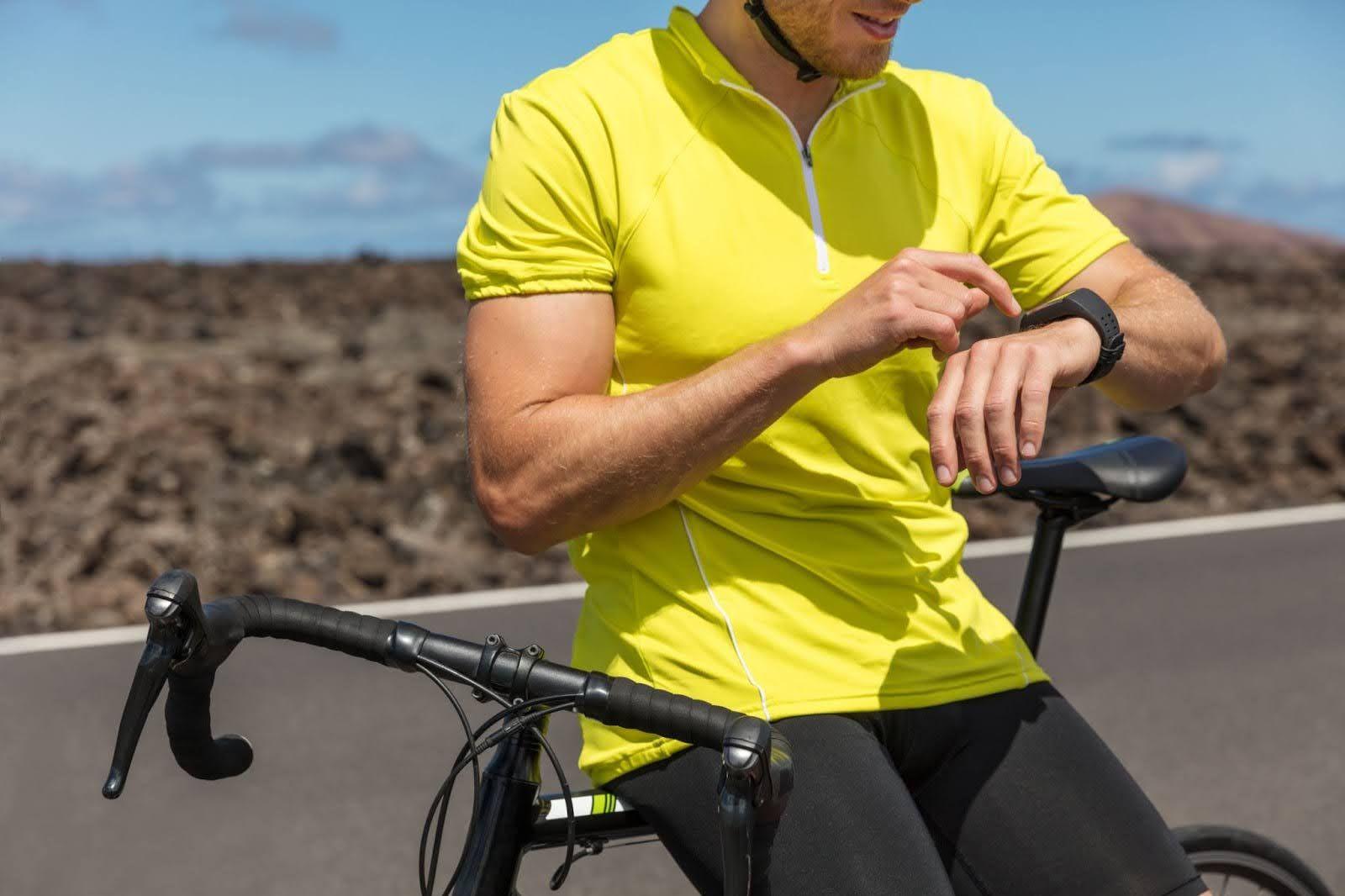
Enhancing Your Training with ROUVY and a Smartwatch
Marrying a smartwatch to ROUVY turns a rainy‑day turbo session into more than a time‑killer. When you pair your watch to the app, live heart‑rate streams straight from your wrist so ROUVY can adjust ERG wattage in real time. Multi‑band GPS recording lets you ride famous climbs outdoors, save the file, and then replay the exact route indoors while the app renders gradient changes. This feature is essential for tracking metrics such as time and distance on the course.
Training Load data flows back the other way, which means the fatigue score your watch uses to calculate Daily Suggested Workouts already accounts for last night’s virtual Alpe d’Huez suffer‑fest. The smartwatch also provides comprehensive training analysis, including data on aerobic and anaerobic benefits, injury prediction, and workout impact, thereby enhancing an athlete's understanding of their performance across multiple disciplines.
Garmin and COROS users simply tick Auto‑Sync inside Connected Apps. Suunto owners flip one toggle in the Suunto App. Apple Watch riders open HeartCast once, connect the broadcast in ROUVY’s sensor page, and get on the bike. The result is one continuous training history that coaches can view in their preferred dashboard while you chase career‑ladder milestones inside the virtual world.
Bringing the Search Terms Together
For endurance athletes scrolling through triathlon watch reviews and side-by-side charts, one phrase keeps popping up: best triathlon smartwatches 2025. Articles that chase that headline compare the best multisport watches across brands and budgets. If you need a watch for Ironman that pairs reliable GPS with good battery life, Garmin watches still set the standard, especially Garmin’s fenix range and the solar charging Garmin Instinct.
Athletes who care more about smart everyday fitness tracking and health tracking might lean toward an Apple Watch Series model, while those looking for the best budget triathlon option often land on COROS. Other watches such as the Polar Vantage offer clean optical heart rate sensor performance, multi band gps, and competitive training features. The Wahoo Elemnt Rival, while user-friendly and focused on essential features, lacks the extensive capabilities and performance analytics offered by its rivals. No matter where you fall, make sure your choice supports open water swimming, at least one low-power GPS mode, and training features that matter to your plan so the data holds up through every transition.
Still wondering how to choose triathlon smartwatch? Start by listing your priorities. If you want a triathlon training watch focused on interval feedback, training load, and sleep quality, look for advanced dashboards that translate numbers into action. If your goal event is a full 140.6, seek out an Ironman triathlon watch with a hefty price tag maybe, but designed for long battery life and rock solid gps signal. A triathlon watch Garmin usually leads here, though the latest multi band gps units from other makers narrow the gap.
Whether you pick a gps watch for triathlon from Garmin, Suunto, COROS, Apple, or Polar, be sure it offers reliable gps tracking, long battery life in gps mode, and quick pairing with ROUVY so every virtual mile counts. Additionally, consider the health-related and training-related features offered by different smartwatch models, such as sleep tracking and training metrics, which are particularly beneficial for triathletes.
Conclusion
Choosing a triathlon watch feels a lot like picking a training partner. It has to turn up when you do, stay quiet when you need to focus, and give you the nudge you sometimes avoid. Over the years I have swapped between chunky Garmins, sleek Apple Watch models, and a couple of budget experiments. The common thread? The watch that suited me best was always the one that fit my current goals, not the one with the longest spec sheet.
So start with your own habits. If long battery life matters more than smart notifications, lean that way. If you thrive on colourful charts and health tracking, follow the software ecosystem you enjoy opening every day. And if you are still unsure, borrow a friend’s watch for a weekend and see how it feels on real sessions.
Certain devices cater to the specific needs and preferences of active people, especially those who engage in extreme sports or exercise with wearables. It's also important for a smartwatch to perform well in everyday use as well as during training.
In the end, the perfect triathlon watch is the one that helps you train a bit smarter and smile a bit more often on the bike. Trust your instincts, keep an eye on recovery, and enjoy the journey - because the watch is just a tool, and the real progress comes from you.
